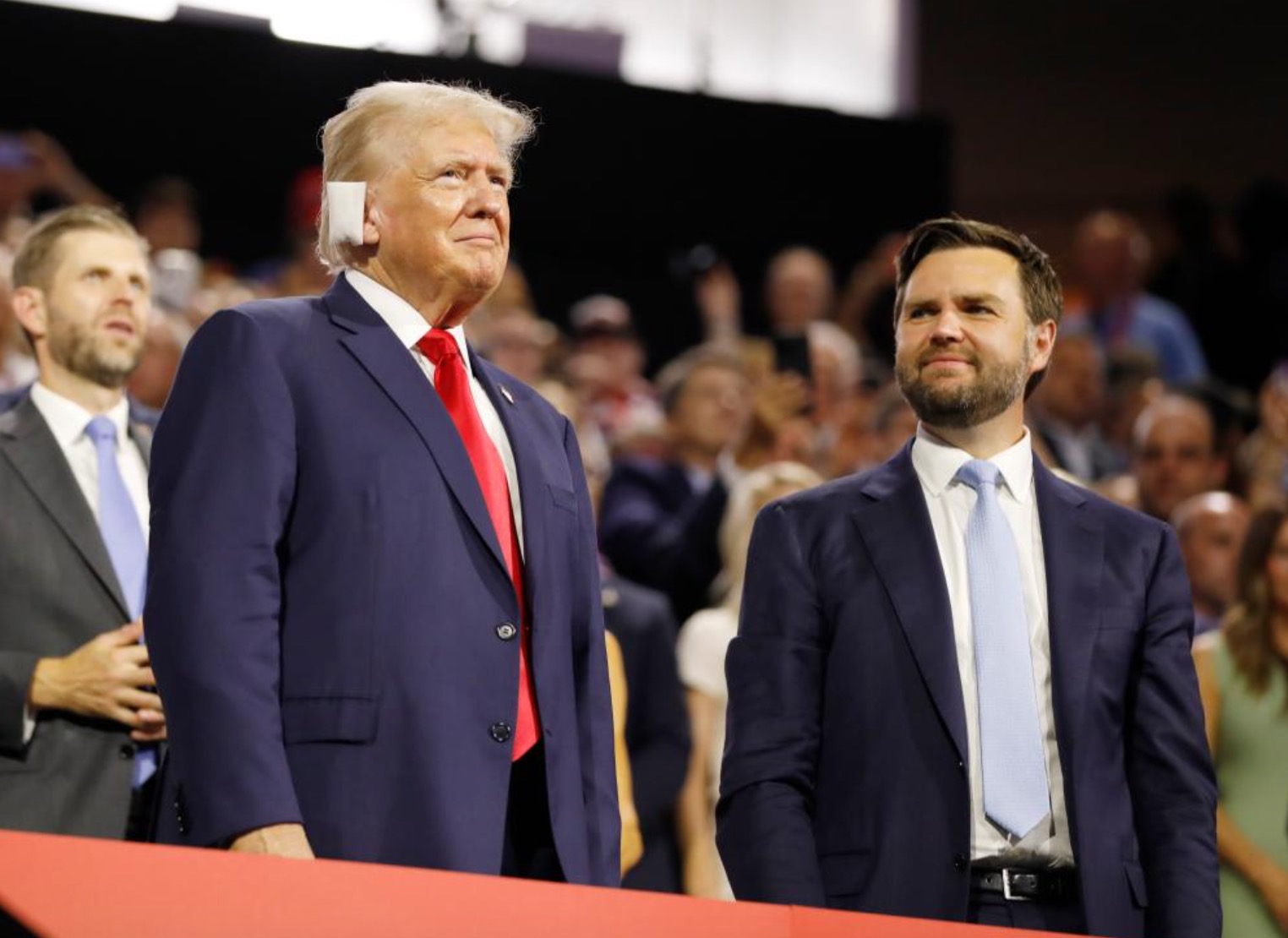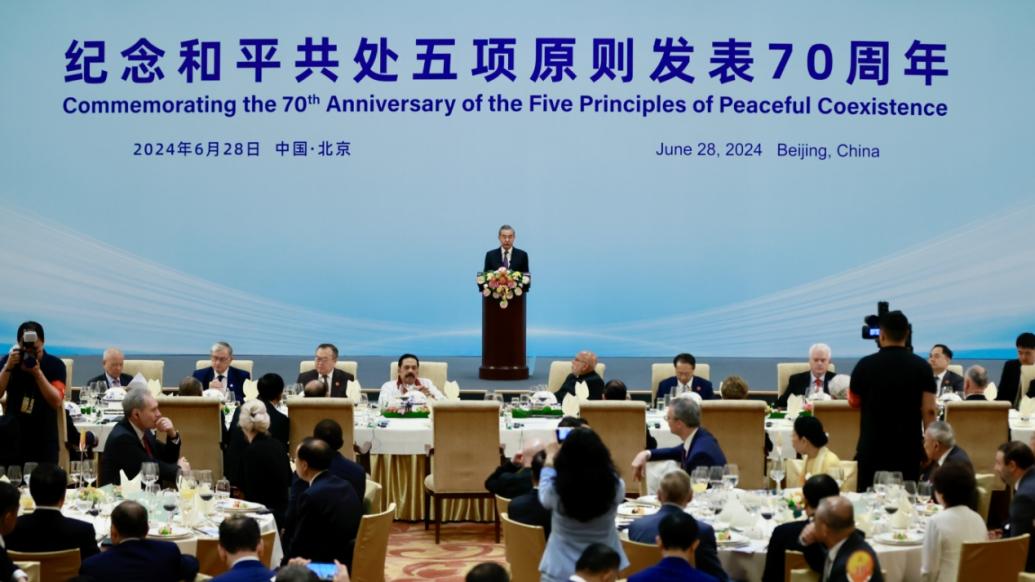
By Tai Wei Lim
Gateway to an Asia-Pac Free Trade Zone: TPP or RCEP?
In recent times, the international community has seen China pledging to defend free trade more even as the US under incoming Trump administration appears to be interested in scuttling the Trans Pacific Partnership (TPP) free trade agreement. The ultimate goal is for TPP or RCEP (Regional Comprehensive Economic Partnership) to be a gateway to a macro Free Trade Area of the Asia-Pacific (FTAAP) objective that APEC has set its sights on. The FTAAP can help harmonize existing multilateral and bilateral trade linkages after the Doha round of WTO meetings failed to materialize in 2006.
Previous US concerns about RCEP was that it was not rigorous enough in protecting intellectual property rights (IPRs), labor practices and environmental protection. The US takes a global leadership position on those issues. If the US is on board, it can build the trade architecture and rules for the 21st century.
Some TPP members continue to be hopeful and wish to ratify the trade deal. They believe that if TPP is stopped in each of the individual pro-TPP members, then TPP is effectively canned. There is still some hope that Trump may reverse his earlier decision of stopping the TPP. New Zealand’s Prime Minister John Key for example is still keen to have the US on board and underline the crucial importance of the American presence.
But countries in favor of RCEP argue that it is an appropriate transitional deal to break down tariffs barriers. For many countries involved, it is the accessibility of goods and services that are important. The RCEP is smaller in economic size but covers 16 countries making up 30 percent of the world’s GDP and 25 percent of world trade. The RCEP is big enough to encompass Asia-Pacific Trade to a certain extent.
The RCEP reduces tariff and non-tariff barriers and shaves off regulations while keeping some products away from the rules in order for underdeveloped economies and local communities and areas to become more competitive before acceding to the rules.
The last school of thought as well as media and scholarly narratives argue that it may be premature to say Trump is dead against TPP. Obama when he took office was not an immediate supporter of TPP but turned out to be a strong advocate. It may be possible the Trump administration may try to renegotiate the TPP deal. This may however bring some difficulties to other members as they face their own constituents.
Another narrative argues that it may also be possible that some countries can become early catalysts for the trade deal and then the US can join in later. The challenge with doing this is that some member countries of the TPP may abandon ship if they do not see the US joining. The whole point of this delay effort is to build consensus with the domestic US populace for such a deal.
The two most important members of the TPP are Japan and the US. They make up 80 percent of the TPP signatories’ GDP and both countries are absolutely crucial for TPP to happen. But other member states can invoke Article 30 to amend the TPP organizational rules to accommodate the absence of the US.
Another option raised by commentators and researchers is to wait for the US to completely abandon the TPP and then sign a series of high quality golden benchmarks bilateral free trade agreements (FTAs) that can be knitted up to form a TPP-like architecture.























Leave a Reply
Your email address will not be published. Required fields are marked *